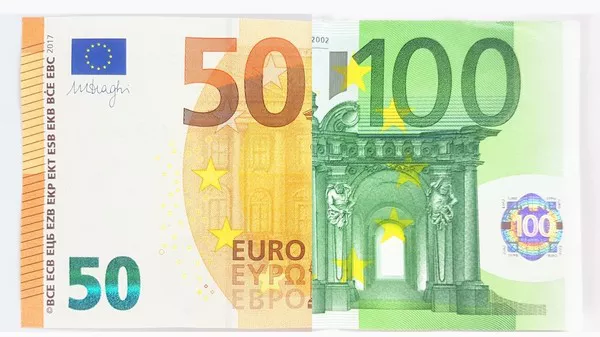The euro is making progress towards the 1.0700 level against a slightly weaker US dollar today, maintaining its momentum despite no significant changes in market news or sentiment. The currency‘s resilience comes as markets maintain a neutral risk sentiment, carrying over from last week’s risk-on move.
Investors and traders are preparing for a week of important economic data that is likely to influence market dynamics. This week’s economic releases include inflation figures from both the Euro-Zone and the United States, growth data for the Euro-Zone, and German sentiment indicators. These reports are of particular importance in light of recent comments from Federal Reserve Chairman Jerome Powell, who highlighted concerns about inflation.
In addition, the market is bracing for a barrage of insight from the Federal Reserve, with 18 speeches scheduled throughout the week. Such a concentrated series of communications from Fed officials could provide further clues about the central bank‘s policy trajectory and its impact on the currency markets.
In contrast to the Euro’s modest gains, gold prices are trending lower, as seen on the daily EUR/USD price chart. IG Retail trader data shows that traders are predominantly long gold (XAU/USD), suggesting a bearish outlook for the commodity.
In the bond market, the UST 30-year bond sale showed lackluster performance, while technical analysis shows that EUR/USD is finding support at the 20-day and 5-day simple moving averages (SMAs). The pair faces resistance at the 200-day SMA. Currently, the EUR/USD is floating in a technical zone bounded by 1.0610, which is the 38.2% Fibonacci retracement level, and 1.0635. Resistance is seen between the recent highs of 1.0750 and 1.0768, with a notable barrier at the 200-day SMA near 1.0801.
As market participants digest incoming economic data and monitor the Federal Reserve’s communications, currency movements this week may reflect broader sentiment regarding global economic health and monetary policy expectations.



























